The center of the Belgian city of Ghent is dominated by 3 massive structures. One of these is a Gothic cathedral that houses one of the world’s ultimate art treasures.
The city has a rich history and was one of the largest and wealthiest cities in Europe during the Middle Ages.
This is reflected in Ghent’s architectural landscape which is dominated by the typical medieval structures you can find in many other cities in Belgium as well.
In this article, you’ll discover some of the most interesting facts about Saint Bavo’s Cathedral, a building in Ghent that you simply have to visit when you’re in the city.
1. It’s located in the medieval heart of the city of Ghent
Saint Bavo’s Cathedral, or Sint-Baafs Cathedral in Dutch, is one of the most impressive Gothic cathedrals in Belgium.
This is not just because of its incredible Gothic design or the priceless art it houses, but also because it’s located in the heart of this fascinating medieval city.
Ghent is located on the confluence of the Leie and Scheldt Rivers and was the most prosperous city in Europe for an extended period of time.
The city had a population of 65,000 in the 13th century which was huge at the time. This made it the second-most populous city in Europe north of the Alps after Paris.
Other landmarks in the area that date back from this period are the Belfry of Ghent, Saint Nicholas’ Church, and a bit further the famous Gravensteen Castle.

2. The first stone was laid in 1274 and it took nearly 3 centuries to complete

The western façade of the cathedral faces Saint Bavo’s Square, a famous square in Ghent that extends toward the Belfry of Ghent on the opposite end.
The first stone of this imposing building was laid in the year 1274 and constructed lasted until well into the 16th century.
The cathedral was deemed to be completed on June 7, 1569. Remarkably, the church only became a cathedral in 1559, the year that the Diocese of Ghent was founded.
The amazing bell tower of the cathedral reaches a height of 89 meters (292 feet) and has dominated the skyline of Ghent for many centuries.

3. A wooden chapel completed in 942 once stood here
The history of Ghent goes back to around 650 when Saint Amand founded two abbeys near the confluence of the Leie and Scheldt Rivers.
Saint Peter’s Abbey and Saint Bavo’s Abbey were constructed in the 7th century but ended up being abandoned for about 50 years because of invading Vikings in the second half of the 9th century.
These abbeys were not located where the church was built, however, and Saint Bavo’s Abbey was demolished in 1540 on the orders of Holy Roman Emperor Charles V.
The first church in the location of the current Gothic cathedral was consecrated in 942 and was nothing more than a humble wooden building.
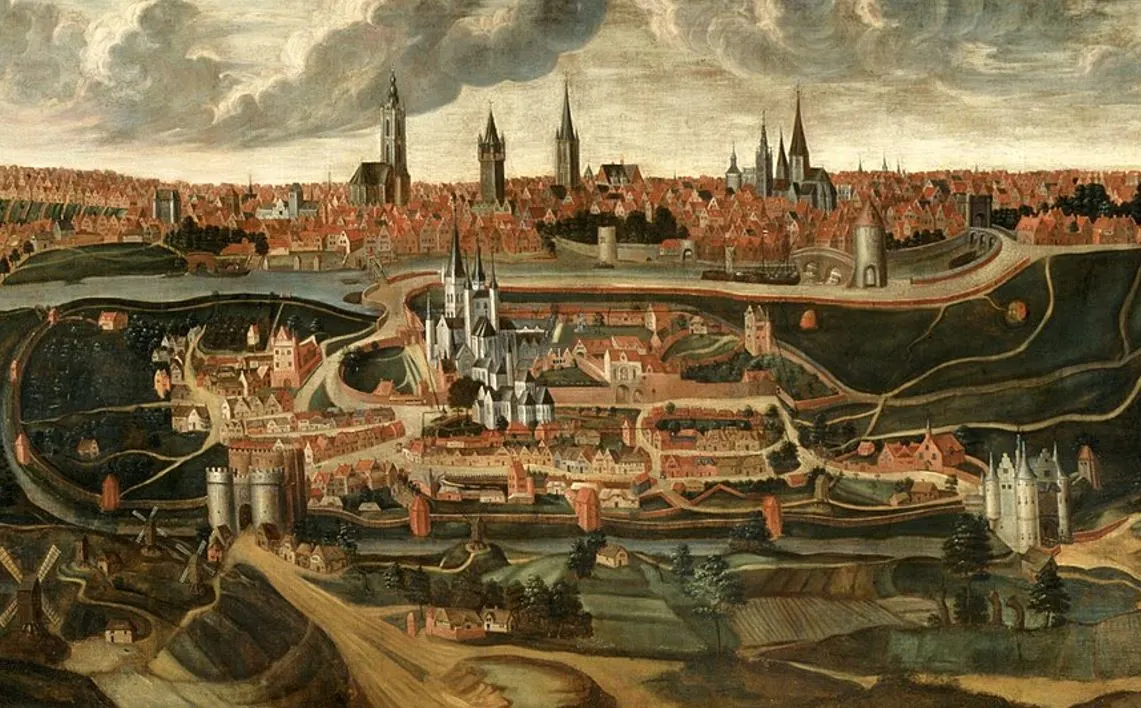
4. Traces of the former Romanesque building can be seen in the crypt
At some point in history, the wooden church was replaced by a Romanesque building, a solid stone structure.
This was the first major architectural movement in Western Europe following the collapse of the Western Roman Empire in 453 A.D.
There are no signs of this Romanesque structure except in the cathedral’s crypt. Here, you can also admire Romanesque artworks depicting religious figures that decorate the walls.
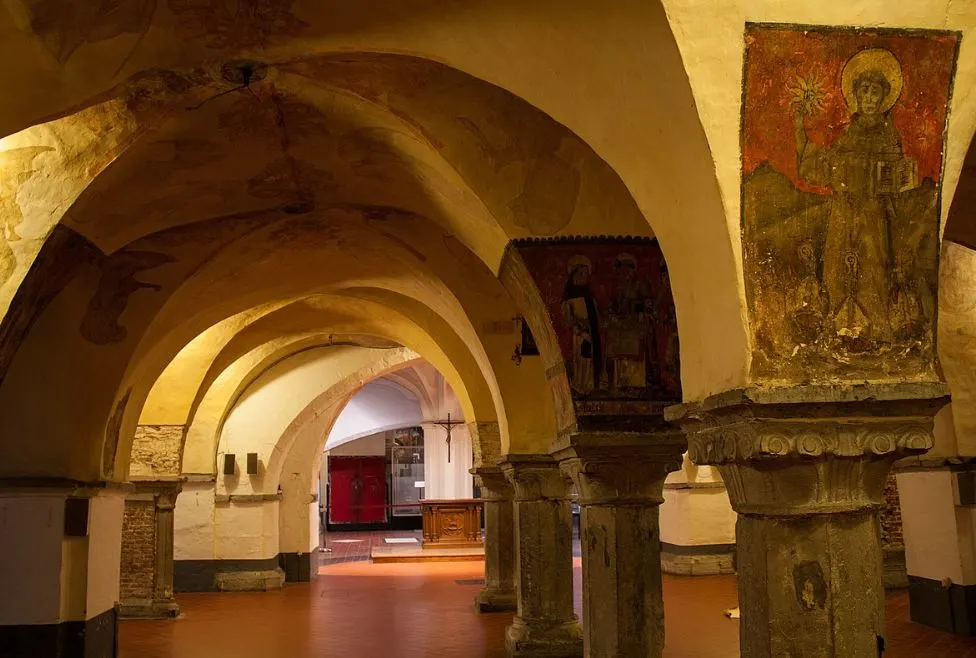
5. One of the most important men in Europe was baptized in the church in the 16th century
Charles of Habsburg (1500-1558), the man who become Holy Roman Emperor Charles V, was born at a historic building called the Prinsenhof in Ghent on February 24, 1500.
Ghent was still a major city in the Low Countries at the time, although the power had already shifted from Bruges and Ghent to Antwerp and Brussels at the time.
Charles V was baptized at Saint Bavo’s Cathedral and although this was an important event in his life, he later punished the city following a rebellion against the Habsburg rulers in 1539.
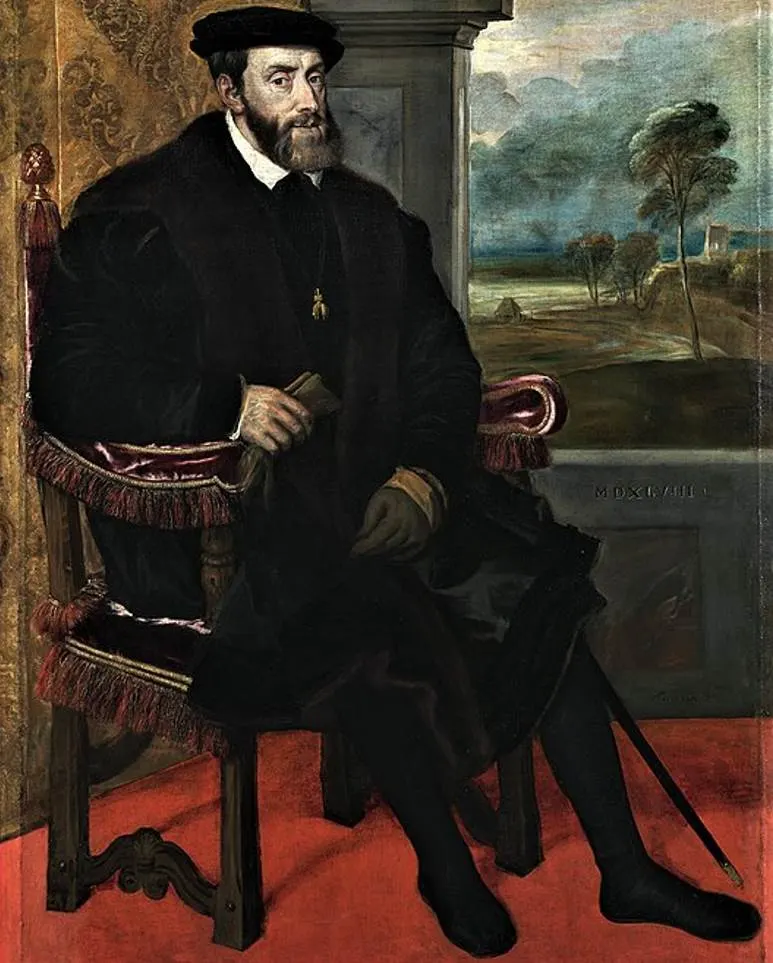
6. The cathedral is home to one of the greatest works of art ever completed
Although Jan van Eyck (1390-1441) produced many of his most famous paintings in Bruges, his ultimate masterpiece is located in Ghent.
The Ghent Altarpiece is one of the most amazing artworks ever created and was completed in 1432. It was probably started by Hubert van Eyck and finished by his younger brother Jan.
The painting was commissioned by the mayor of Ghent, a man named Jodocus Vijd, and initially installed in his chapel at Saint Bavo’s Cathedral.
Today, the work can be admired in the main chapel of the church and was placed behind protected glass for security reasons.
You really have to see this work with your own eyes to truly grasp its brilliance.

7. A sculptural group just outside of the cathedral honors the brothers van Eyck
Jan van Eyck has a square and sculpture dedicated to him in Bruges and this is also the case in Ghent.
Although the square in Ghent is known as the “Maaseikplein,” a reference to the town of Maaseik where he was born, there’s also a sculptural group in his honor.
Because Hubert van Eyck had a hand in the work, he is featured right next to his brother Jan in this remarkable monument.
Granted, these two men certainly deserve to be honored in such a way.
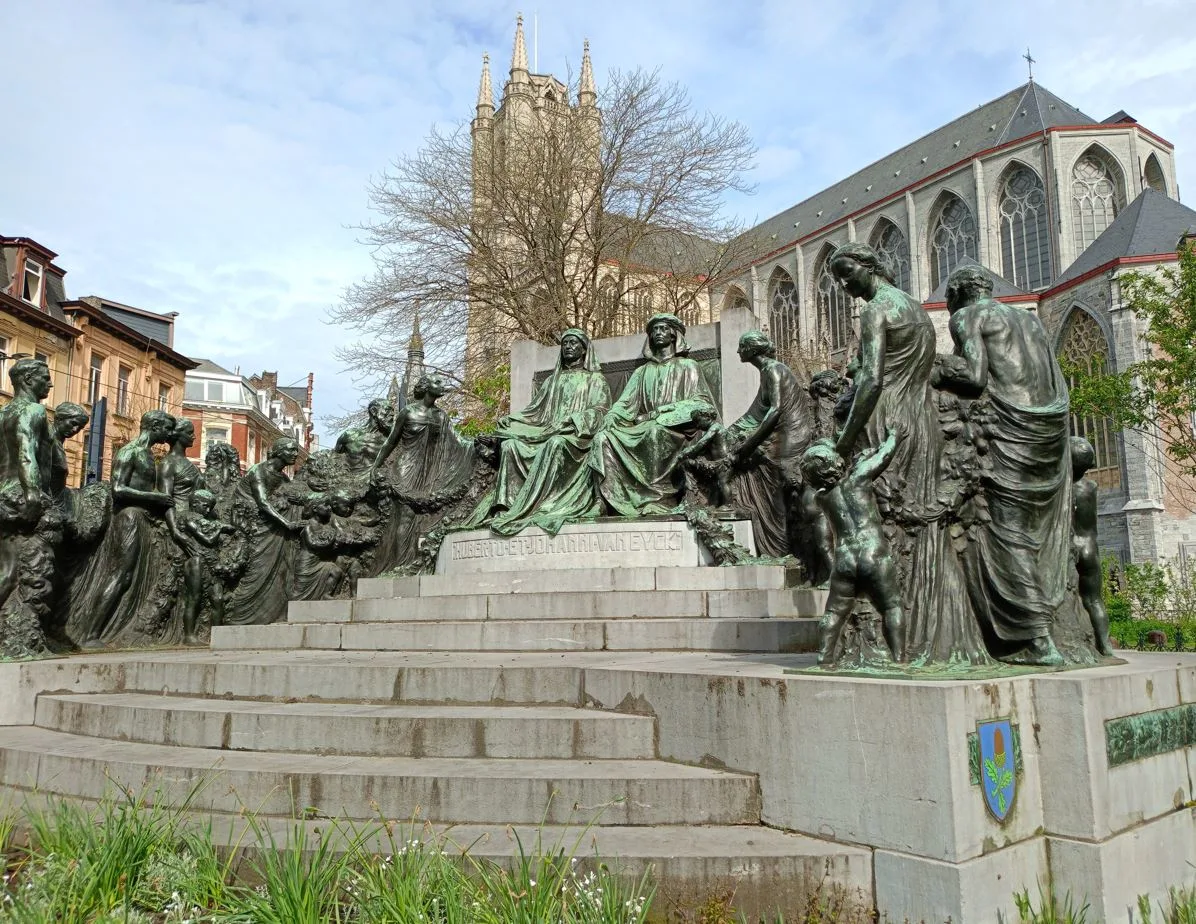
8. One of Ruben’s masterpieces is on display at the cathedral as well
The van Eyck brothers weren’t the only world-famous Flemish artists in history. Peter Paul Rubens (1577-1640) could definitely hold a candle to them.
Among many other remarkable religious artworks is one of Rubens’ masterpieces titled “Saint Bavo enters the Convent at Ghent.“
This work was commissioned as the High Altarpiece of Saint Bavo’s Cathedral and is still on display inside the church today.

9. Saint Bavo’s Cathedral houses the largest organ in the Benelux
Another noteworthy feature inside the cathedral is the main organ. It’s one of the 4 organs that are located inside the church and is located in the Upper Church.
This Klais-designed organ was once exhibited at the World Exhibition and was installed in 1935. It features 6,000 pipes and 5 manuals and is the largest of its kind in the Benelux.

10. The cathedral offers tours so you can admire its architecture and art
Saint Bavo’s Cathedral is definitely one of the most popular tourist attractions in Ghent. Both the architecture and art inside are incredible.
The cathedral offers special tours for tourists which is great if you want to admit the Ghent Altarpiece and other artworks that are present here.
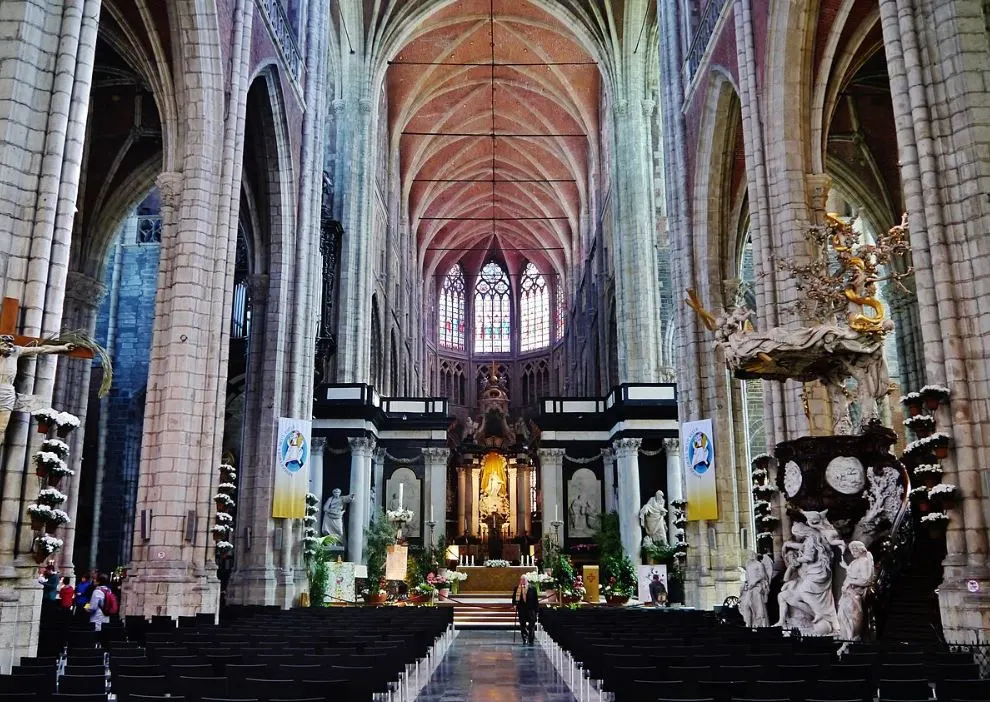
To make things even better, these tours offer Augmented Reality features so you can easily learn about everything inside, pretty neat!
